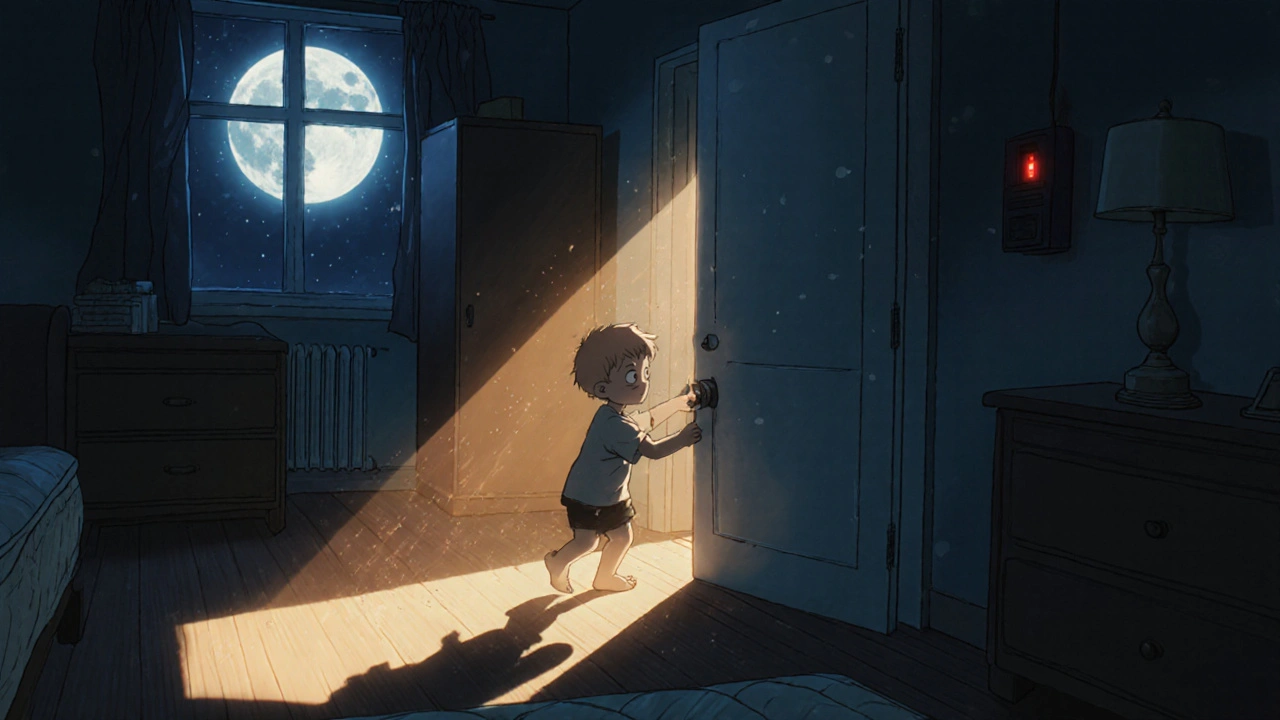Night Terrors: Causes, Triggers, and What You Can Do
When a child suddenly sits up screaming in the middle of the night, eyes wide open but unseeing, they’re not having a nightmare—they’re experiencing a night terror, a type of sleep disorder where the brain partially wakes from deep sleep without full consciousness. Also known as sleep terrors, these episodes are part of a group called parasomnias, abnormal behaviors that happen during sleep. Unlike nightmares, which occur during REM sleep and are remembered, night terrors happen in non-REM sleep and leave the person confused, with no memory of the event the next morning.
Night terrors are most common in kids between 3 and 12 years old, but adults can have them too—especially if they’re under stress, sleep-deprived, or taking certain medications. They often run in families, suggesting a genetic link. Things like fever, irregular sleep schedules, or even sleeping in a new place can trigger them. You won’t fix night terrors by talking to the child during an episode—they’re not awake enough to respond. Trying to wake them usually makes it worse. Instead, the best approach is to keep them safe, stay calm, and wait it out. Most children outgrow them by their teens.
While night terrors themselves aren’t dangerous, they can be a sign of something deeper. If they happen often, last longer than 30 minutes, or start in adulthood, it’s worth checking in with a doctor. Conditions like sleep apnea, anxiety, or even certain neurological issues can show up as night terrors. Some medications, especially those that affect the nervous system, can make them worse. If your child has frequent episodes, tracking their sleep patterns, bedtime routines, and any recent stressors can help a specialist spot the pattern.
There’s no magic pill for night terrors, but simple changes often help. Keeping a consistent bedtime, avoiding screens before sleep, and making sure the bedroom is quiet and cool can reduce triggers. For kids with regular episodes, a technique called scheduled awakening—gently waking them 15–30 minutes before the usual terror time—can interrupt the cycle. It sounds odd, but studies show it works for many families. And while it’s scary to watch, remember: your child isn’t in pain. They’re just stuck between sleep states.
What you’ll find below are real, practical guides from people who’ve dealt with this—whether it’s a parent figuring out how to handle night terrors in a toddler, an adult discovering their sleep issues are linked to medication, or a caregiver learning how to distinguish night terrors from seizures. These aren’t theory-heavy articles. They’re clear, no-nonsense tips from real experiences. You’ll see how sleep hygiene, drug interactions, and even seasonal changes can play a role. And you’ll find out when it’s time to call a doctor versus when it’s just a phase.





